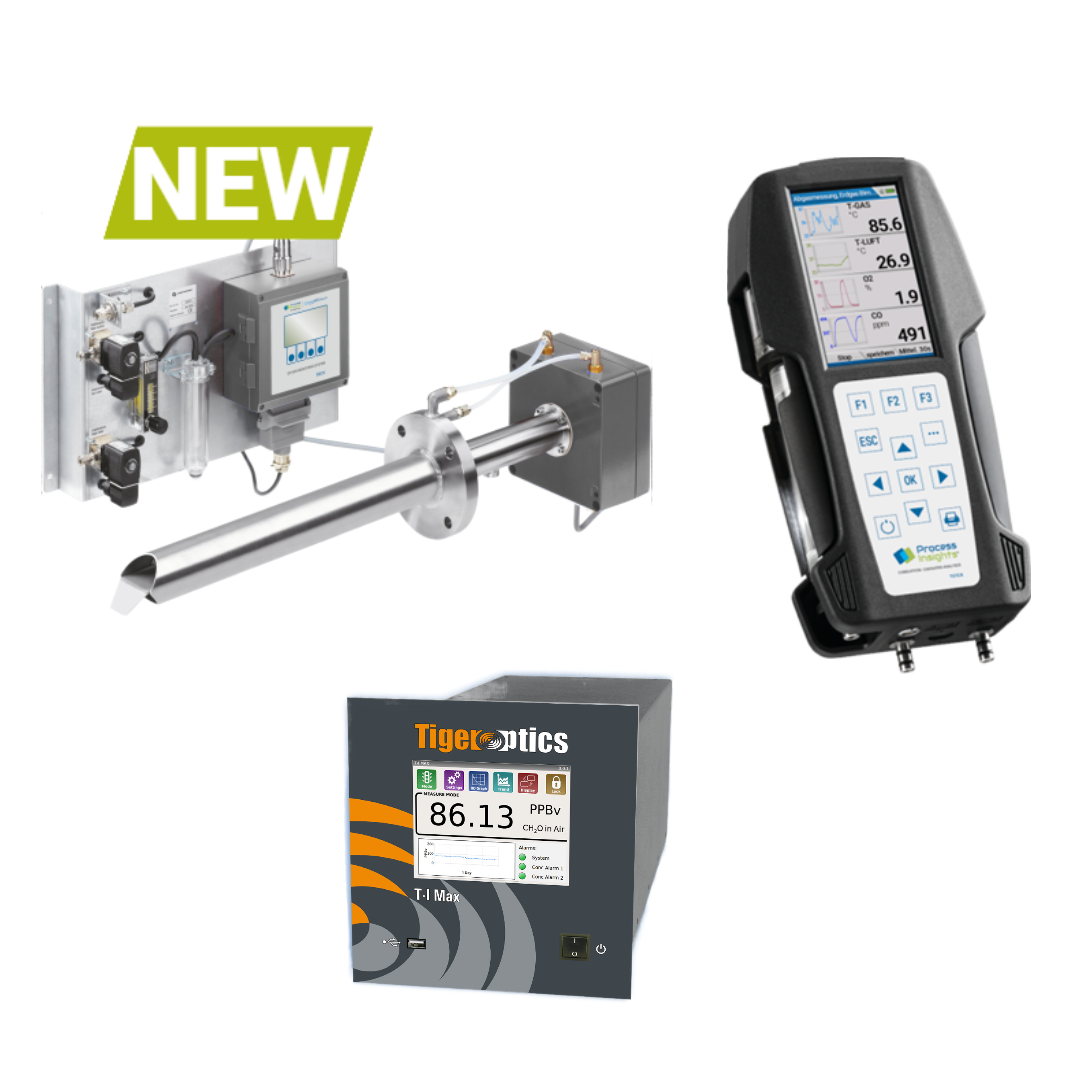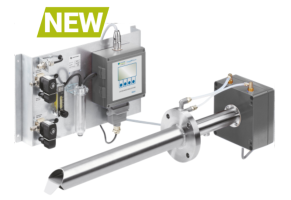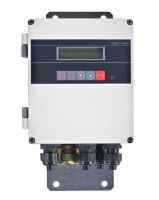Continuous Emissions Monitoring
Continuous Emissions Monitoring
Introducing our reliable and cost-effective emissions monitoring analyzers – a precise solution for multi-gas, oxygen, and COe analysis, designed to provide continuous emissions monitoring (CEMS) for a wide range of industrial applications, including plants, power generation facilities, refineries, engines, and turbines. At Process Insights, we take pride in delivering top-tier sensors, monitors, detectors, analyzers, instrumentation, and software that play a mission-critical role in ensuring the safety of your operations, personnel, and the environment. With our cutting-edge technology, you can trust us to safeguard your processes while maintaining compliance and sustainability.
Emissions monitors play a crucial role in today’s industrial landscape, as they are essential tools for tracking and controlling harmful pollutants released into the environment. By accurately measuring and analyzing emissions, these monitors enable industries to comply with environmental regulations, reducing their impact on air quality and public health. They provide real-time data that helps operators identify and rectify any potential issues in their processes, optimizing efficiency and minimizing waste. Additionally, emissions monitors contribute to sustainable practices by encouraging the adoption of cleaner technologies and processes. Ultimately, their importance lies in safeguarding the planet and its inhabitants by promoting responsible industrial practices and preserving the environment for future generations.
SOLUTIONS FLYERS
-


AGRICULTURE
-


CHEMICAL
-


ENERGY
-


FOOD & BEVERAGE
-


FLARE GAS
-



INDUSTRIAL GAS
-


LAB & RESEARCH
-


PHARMACEUTICALS & LIFE SCIENCE
-


REFINERY
-


SEMICONDUCTOR
-



SPECIALTY GAS
OUR CEMS SOLUTIONS
CRDS Technology FOR real-time EMISSIONS MONITORING
To protect the environment and reduce health issues for their citizens, government regulators around the world aim to limit the emission of harmful air pollutants, such as hydrogen chloride (HCl), hydrofluoric acid (HF), hydrogen sulfide (H2S) and ammonia (NH3), from power generation and industrial processes. The most recent targets of tighter HCl regulations in the US are coal-fired power plants and Portland cement plants. These plants now find that advanced spectroscopic gas analyzers can play an important role in ensuring compliance with new limits on HCl emissions in a simple and cost-efficient manner.
From trace HCl measurements to comply with US EPA rules, to continuous monitoring of ammonia slip for reducing the cost of abating NOx, our TIGER OPTICS™ Cavity Ring-Down Spectroscopy (CRDS) gas analyzers deliver reliable 24/7/365 emissions monitoring in real-time on the stack and in CEM shelters on the ground. With unmatched detection sensitivity, our analyzers can be easily integrated into existing CEMs dilution systems for interference-free measurements.
Because of the many advantages of CRDS, the National Institute of Standards and Technology (NIST) used our TIGER OPTICS HCl analyzer to develop its HCl standards. CRDS is ideally suited to the requirements of numerous environmental measurement applications, including CEM, where accuracy, sensitivity, freedom from interferences, low detection limits, speed of response, long-term stability, low maintenance, and low gas consumption are all essential.





